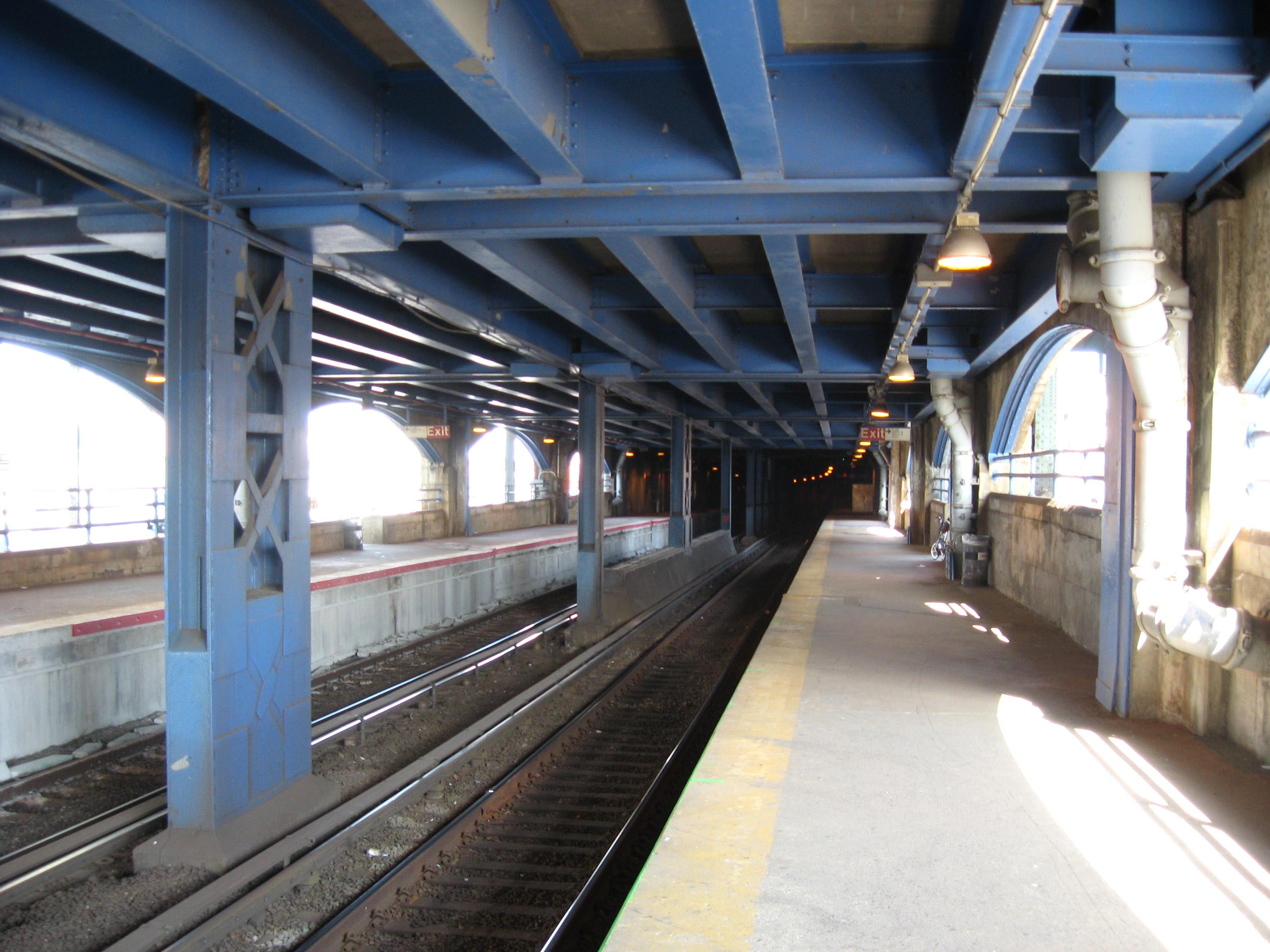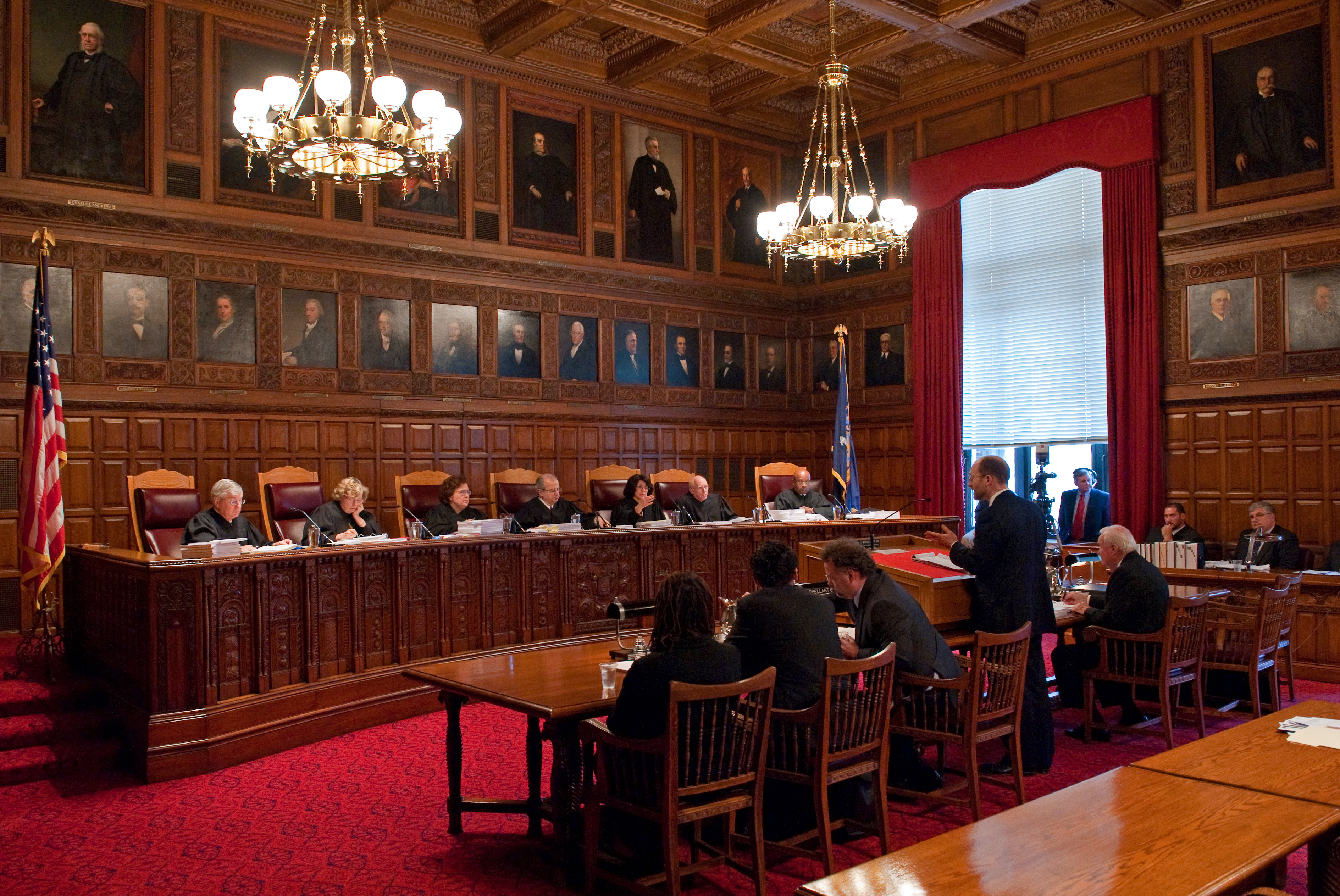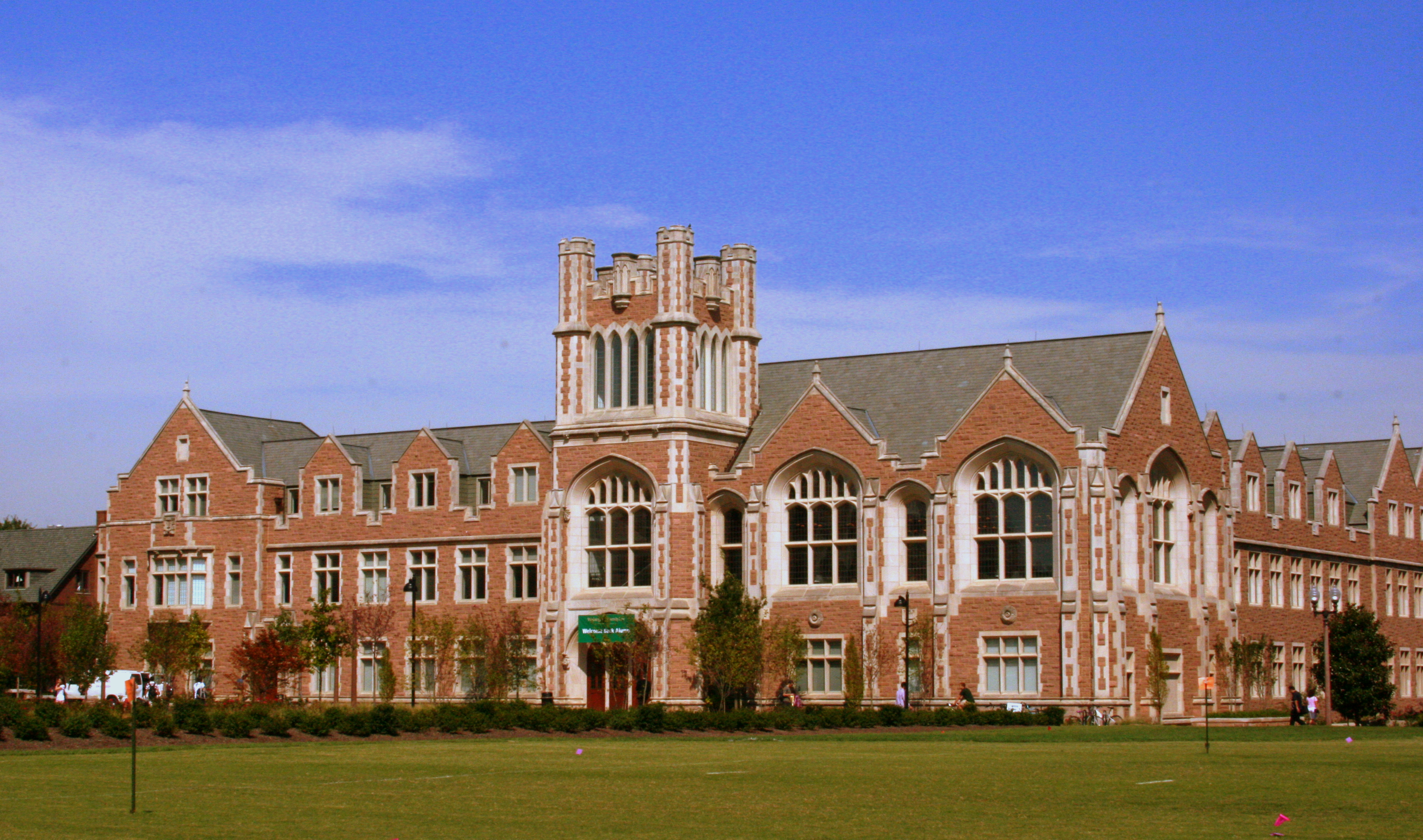|
Palsgraf V. Long Island Rail Road Co.
''Palsgraf v. Long Island Railroad Co.'', 248 N.Y. 339, 162 N.E. 99 (1928), is a leading case in American tort law on the question of liability to an unforeseeable plaintiff. The case was heard by the New York Court of Appeals, the highest state court in New York; its opinion was written by Chief Judge Benjamin Cardozo, a leading figure in the development of American common law and later a United States Supreme Court justice. The plaintiff, Helen Palsgraf, was waiting at a Long Island Rail Road station in August 1924 while taking her daughters to the beach. Two men attempted to board the train before hers; one (aided by railroad employees) dropped a package that exploded, causing a large coin-operated scale on the platform to hit her. After the incident, she began to stammer, and subsequently sued the railroad, arguing that its employees had been negligent while assisting the man, and that she had been harmed by the neglect. In May 1927 she obtained a jury verdict of $6,000 ... [...More Info...] [...Related Items...] OR: [Wikipedia] [Google] [Baidu] |
New York Court Of Appeals
The New York Court of Appeals is the supreme court, highest court in the Judiciary of New York (state), Unified Court System of the New York (state), State of New York. It consists of seven judges: the Chief Judge of the New York Court of Appeals, chief judge and six associate judges, who are appointed by the Governor of New York, governor and confirmed by the New York State Senate, state senate to 14-year terms. The chief judge of the Court of Appeals also heads administration of the state's court system, and thus is also known as the chief judge of the State of New York. The Court of Appeals was founded in 1847 and is located in the New York Court of Appeals Building in Albany, New York. Nomenclature New York uses an unusual nomenclature for its state courts. In the Federal judiciary of the United States, federal court system and in all other U.S. states, the court of last resort is known as the "Supreme Court". New York, however, calls its lower courts the "New York State Sup ... [...More Info...] [...Related Items...] OR: [Wikipedia] [Google] [Baidu] |
Supreme Court Of The United States
The Supreme Court of the United States (SCOTUS) is the highest court in the federal judiciary of the United States. It has ultimate appellate jurisdiction over all Federal tribunals in the United States, U.S. federal court cases, and over State court (United States), state court cases that turn on questions of Constitution of the United States, U.S. constitutional or Law of the United States, federal law. It also has Original jurisdiction of the Supreme Court of the United States, original jurisdiction over a narrow range of cases, specifically "all Cases affecting Ambassadors, other public Ministers and Consuls, and those in which a State shall be Party." In 1803, the Court asserted itself the power of Judicial review in the United States, judicial review, the ability to invalidate a statute for violating a provision of the Constitution via the landmark case ''Marbury v. Madison''. It is also able to strike down presidential directives for violating either the Constitution or s ... [...More Info...] [...Related Items...] OR: [Wikipedia] [Google] [Baidu] |
East New York (LIRR Station)
East New York is a station on the Long Island Rail Road's Atlantic Branch in the East New York and Ocean Hill neighborhoods of Brooklyn, New York City, where that branch passes through the Jamaica Pass. It is generally served by the West Hempstead Branch and the City Terminal Zone Atlantic Branches of the LIRR. The station was formerly also served the LIRR's Bay Ridge Branch, until passenger service on that branch ended in 1924. In the future, the Interborough Express, which will operate along the Bay Ridge Branch, will serve this station. History When the Brooklyn and Jamaica Railroad opened in April 1836, under lease to the LIRR, it did not include a station at East New York. The LIRR began stopping at East New York by early 1843, eventually stopping at the Howard House at Alabama Avenue, shared with all the other horse car and steam lines into East New York. From 1861 to 1877, East New York served as the west end of steam service along the Atlantic Branch. By 187 ... [...More Info...] [...Related Items...] OR: [Wikipedia] [Google] [Baidu] |
Rockaway Beach And Boardwalk
The Rockaway Beach and Boardwalk is a public park in Rockaway, Queens, New York, composed of the Rockaway Beach and the adjacent Rockaway Boardwalk. The beach runs from Beach 9th Street in Far Rockaway to Beach 149th Street in Neponsit, a distance of . The boardwalk, a concrete deck, runs from Beach 9th Street to Beach 126th Street in Rockaway Park, at the edge of Belle Harbor. There are also numerous recreational facilities within the park, parallel to the beach and boardwalk. The beach became a popular resort area in the late 19th century, and several disconnected sections of the boardwalk were constructed by the end of the century. The first section of city-owned boardwalk between Beach 109th and 126th Street was completed in 1923, and the city announced plans for a massive boardwalk two years later, stretching across most of the Rockaway peninsula's southern shore. The city government completed the sections between Beach 19th and 109th Streets in three phases between 19 ... [...More Info...] [...Related Items...] OR: [Wikipedia] [Google] [Baidu] |
Railway Platform
A railway platform is an area in a train station alongside a railway Track (rail transport), track providing convenient access to trains. Almost all stations have some form of platform, with larger stations having multiple platforms. Grand Central Terminal in Midtown Manhattan, Midtown Manhattan hosts 44 platforms, more than any other rail station in the world. The world's longest station platform is at Hubballi Junction railway station, Hubballi Junction in India at .Gorakhpur gets world's largest railway platform ''The Times of India'' The Appalachian Trail station or Benson station in the United States, at the other extreme, has a platform which is only long enough for a single bench. Among some American train conductors, the w ... [...More Info...] [...Related Items...] OR: [Wikipedia] [Google] [Baidu] |
Common Carrier
A common carrier in common law countries (corresponding to a public carrier in some civil law (legal system), civil law systems,Encyclopædia Britannica CD 2000 "Civil-law public carrier" from "carriage of goods" usually called simply a ''carrier'') is a person or company that transports goods or people for any person or company and is Legal liability, responsible for any possible loss of the goods during transport. A common carrier offers its services to the general public under license or authority provided by a regulatory body, which has usually been granted "ministerial authority" by the legislation that created it. The regulatory body may create, interpret, and enforce its regulations upon the common carrier (subject to judicial review) with independence and finality as long as it acts within the bounds of the enabling legislation. A common carrier (also called a ''public carrier'' in British English) is distinguished from a contract carrier, which is a carrier that transpor ... [...More Info...] [...Related Items...] OR: [Wikipedia] [Google] [Baidu] |
Proximate Cause
In law and insurance, a proximate cause is an event sufficiently related to an injury that the courts deem the event to be the cause of that injury. There are two types of causation in the law: cause-in-fact, and proximate (or legal) cause. Cause-in-fact is determined by the "but for" test: But for the action, the result would not have happened.. (For example, but for running the red light, the collision would not have occurred.) The action is a necessary condition, but may not be a sufficient condition, for the resulting injury. A few circumstances exist where the but-for test is ineffective (see But-for test below). Since but-for causation is very easy to show (but for stopping to tie your shoe, you would not have missed the train and would not have been mugged), a second test is used to determine if an action is close enough to a harm in a "chain of events" to be legally valid. This test is called proximate cause. Proximate cause is a key principle of insurance and is con ... [...More Info...] [...Related Items...] OR: [Wikipedia] [Google] [Baidu] |
Law Of The United States
The law of the United States comprises many levels of Codification (law), codified and uncodified forms of law, of which the supreme law is the nation's Constitution of the United States, Constitution, which prescribes the foundation of the federal government of the United States, federal government of the United States, as well as various civil liberties. The Constitution sets out the boundaries of federal law, which consists of Act of Congress, Acts of Congress, treaty, treaties ratified by the United States Senate, Senate, regulations promulgated by the executive branch, and case law originating from the United States federal courts, federal judiciary. The United States Code is the official compilation and Codification (law), codification of general and permanent federal statutory law. The Constitution provides that it, as well as federal laws and treaties that are made pursuant to it, preempt conflicting state and territorial laws in the 50 U.S. states and in the territor ... [...More Info...] [...Related Items...] OR: [Wikipedia] [Google] [Baidu] |
Tort
A tort is a civil wrong, other than breach of contract, that causes a claimant to suffer loss or harm, resulting in legal liability for the person who commits the tortious act. Tort law can be contrasted with criminal law, which deals with criminal wrongs that are punishable by the state. While criminal law aims to punish individuals who commit crimes, tort law aims to compensate individuals who suffer harm as a result of the actions of others. Some wrongful acts, such as assault and battery, can result in both a civil lawsuit and a criminal prosecution in countries where the civil and criminal legal systems are separate. Tort law may also be contrasted with contract law, which provides civil remedies after breach of a duty that arises from a contract. Obligations in both tort and criminal law are more fundamental and are imposed regardless of whether the parties have a contract. While tort law in civil law jurisdictions largely derives from Roman law, common law jurisdictio ... [...More Info...] [...Related Items...] OR: [Wikipedia] [Google] [Baidu] |
Law School In The United States
A law school in the United States is an educational institution where students obtain a Professional degree, professional Legal education in the United States, education in law after first obtaining an undergraduate degree. Law schools in the U.S. confer the Academic degree, degree of Juris Doctor (J.D.), which is a Doctorate#Professional doctorates, professional doctorate. It is the degree usually required to practice law in the United States, and the final degree obtained by most practitioners in the field. Juris Doctor programs at law schools are usually three-year programs if done full-time, or four-year programs if done via evening classes. Some U.S. law schools include an Accelerated JD program. Other degrees that are awarded include the Master of Laws (LL.M.) and the Doctor of Juridical Science (J.S.D. or S.J.D.) degrees, which can be more international in scope. Most law schools are colleges, schools or other units within a larger Higher education, post-secondary instit ... [...More Info...] [...Related Items...] OR: [Wikipedia] [Google] [Baidu] |
Duty Of Care
In Tort, tort law, a duty of care is a legal Law of obligations, obligation that is imposed on an individual, requiring adherence to a standard of care, standard of Reasonable person, reasonable care to avoid careless acts that could foreseeably harm others, and lead to claim in negligence. It is the first element that must be established to proceed with an action in negligence. The claimant must Cause of action, be able to show a duty of care imposed by law that the defendant has breached. In turn, breaching a duty may subject an individual to liability. The duty of care may be imposed ''by operation of law'' between individuals who have no ''current'' direct relationship (familial or contractual or otherwise) but eventually become related in some manner, as defined by common law (meaning case law). Duty of care may be considered a formalisation of the social contract, the established and implicit responsibilities held by individuals/entities towards others within society. It ... [...More Info...] [...Related Items...] OR: [Wikipedia] [Google] [Baidu] |






